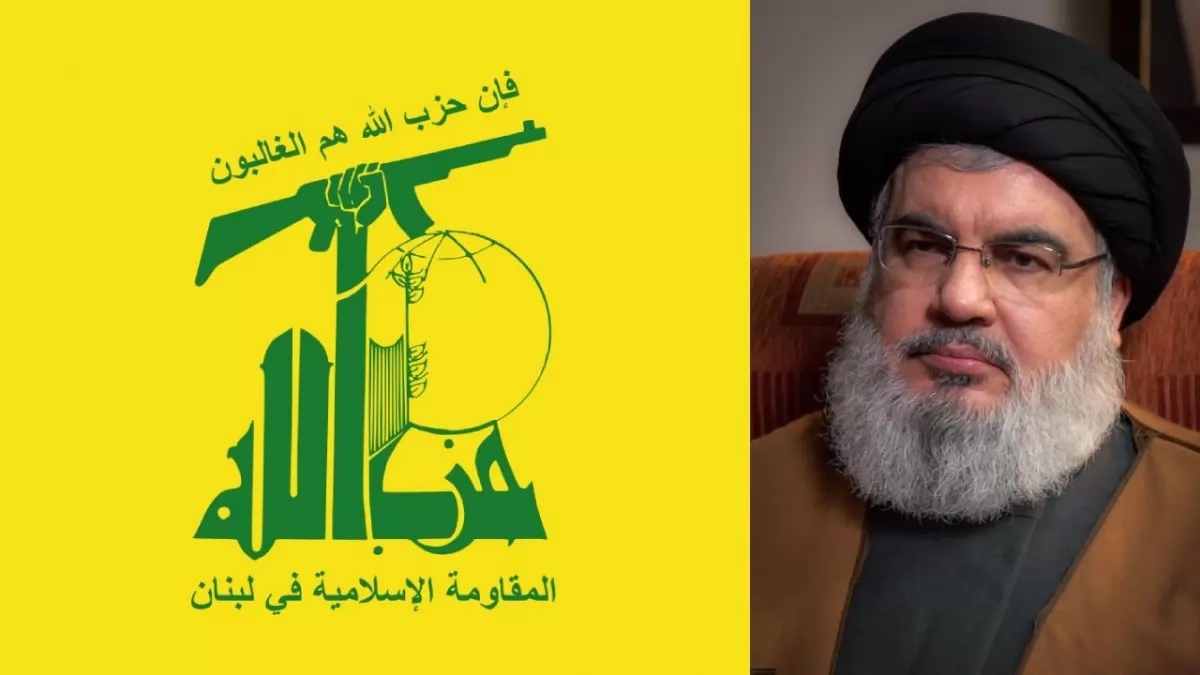
Wikipedia
New Delhi: Recent events along the Israel-Lebanon border have heightened concerns as longstanding tensions between Hezbollah and Israel escalate, raising fears that the conflict in Gaza could spill over into other parts of the Middle East.
On January 16, Israel conducted a swift air assault on Hezbollah targets in south Lebanon's Suluki Valley, marking the most concentrated bombardment since the border hostilities began three months ago. In response, Hezbollah acknowledged launching rockets at Israeli forces, deepening the cycle of violence.
The recent clashes follow weeks of increased violence and heightened tensions along the border. The hostilities started when Hezbollah attacked an Israeli army base on January 9, deploying explosive drones from Lebanon. This assault was seen as retaliation for Israel's strike in south Lebanon, resulting in the death of Wissam Tawil, a top Hezbollah commander.
The exchange of fire has been accompanied by escalating rhetoric from both sides. Israel's army chief, Lt. Gen. Herzi Halevi, stated in December that the military is on high alert, prepared for a potential "second front" in the north. Hezbollah's deputy leader, Naim Qassem, emphasised that while the group does not seek an expanded war, it would respond forcefully if provoked by Israel.
Efforts to ease tensions were made by Senior White House official Amos Hochstein during his visit to Beirut on January 11. Hochstein expressed the preference for a diplomatic resolution, but these hopes were dashed when Israel launched the air assault on Suluki Valley shortly after the visit.
As of early January, more than a dozen deaths have been reported on the Israeli side, including both soldiers and civilians. In Lebanon, at least 165 people, including 140 Hezbollah fighters, have lost their lives. Thousands have been displaced on both sides of the border, adding to the human cost of the conflict.
Hezbollah, formed in Lebanon in 1982 during the civil war, has evolved into a formidable force. Designated a terrorist organization by the United States and other countries, Hezbollah holds political influence in Lebanon, with ministers in the government and lawmakers in the parliament. Supported by Iran, it maintains close ties with Hamas in Gaza.
The historical context between Lebanon and Israel traces back to the Arab-Israeli War in the late 1940s. Lebanon's involvement intensified during the Lebanese Civil War (1975-1990), with Israel seeking to limit the influence of the Palestine Liberation Organisation (PLO) in Lebanon.
The 2006 Lebanon War witnessed a five-week conflict between Israel and Hezbollah, resulting in significant civilian and military casualties on both sides.
While Gallup surveys indicate Lebanon's unpreparedness for further instability, regional expert Firas Maksad suggests that a major war might not be imminent. He anticipates periodic spikes in tension but emphasises the need to avoid miscalculations. Maksad notes the broader regional context, including developments in Yemen and Iran's uranium enrichment, as potential catalysts for increased instability.
The risk of a devastating war remains, particularly as geopolitical dynamics in the region evolve, posing challenges to regional stability.





Copyright © 2026 Top Indian News
